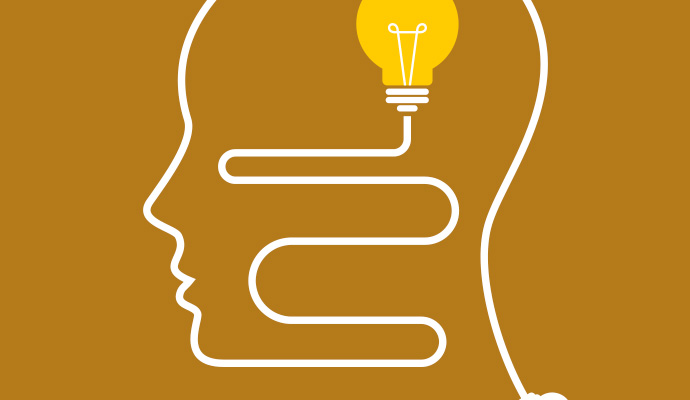Innovation Shifts from Products to Solutions
A new survey examines trends in R&D spending.
The world of corporate R&D is undergoing a tectonic shift. Companies are moving away from their traditional, narrow focus on product innovation and into software and services innovation aimed at providing more comprehensive customer experiences. Are you selling smartphones, or are you selling connectivity and a media interface? Are you selling automobiles, or are you selling mobility?
The investments companies are making — as well as the kinds of engineers and other innovation personnel they are seeking — are changing as a result. This upheaval in R&D is affecting not only companies that make electronics and consumer goods, but traditional “heavy” industries that make everything from aircraft engines to industrial pumps and valves.
Consider, for example, the auto industry. Here, several key trends are reshaping the way companies think about innovation. First, the electronics content of the vehicles themselves is advancing quickly. Typical luxury cars now feature hundreds of microprocessors, handling the engine and chassis, climate control, communications, and navigation. A car dashboard used to be an array of mechanical buttons, cables, dials, levers, rheostats, springs, and switches. Today, much of that real estate is occupied by software-driven, touch-screen displays.
Second, cars are becoming increasingly connected and networked, making apps — and the functionality they bring — central to every aspect of vehicle operation and the driving experience. Ford, for example, opened an R&D facility in Silicon Valley in 2015 focused on driving innovation in connectivity, mobility, and autonomous vehicles.
Third, the race for automotive innovation involves a range of competitors from outside the traditional auto industry. This includes new entrants such as Chinese media conglomerate LeEco, which is backing mobility company Faraday Future. LeEco recently announced plans to release its LeSEE electric sedan. At the same time, tech giants such as Apple and Google are investing in auto R&D, bringing with them vast expertise in software and integration across platforms.
Finally, auto R&D is also concerned with new business models that could fundamentally transform the way consumers think about cars. The rise of car-sharing rental companies and app-driven ride-summoning services point toward a future in which people may prefer to buy mobility when they need it rather than owning a car. General Motors invested US$500 million in Lyft in early January 2016 to develop an on-demand network of self-driving cars. “We think our business and personal mobility will change more in the next five years than [in] the last 50,” General Motors president Dan Ammann told Reuters when the deal was unveiled.
In October 2016, PwC’s Strategy& will publish its 12th annual Global Innovation 1000 study. This year, the focus will be on the challenges facing innovation in an increasingly digital world. In addition to our annual ranking and analysis of the 1,000 companies that spend the most on R&D, we are also surveying senior executives to capture their insights about how the shift to software and services innovation is affecting their organizations and industries.
How are these developments affecting your innovation investment decisions and the types of engineers you’re seeking to employ? How much have things changed over the last 10 years? What do you expect to see 10 years from now? Please click here to share your insights and reserve a free copy of the report as well as a one-year digital subscription to strategy+business magazine.




